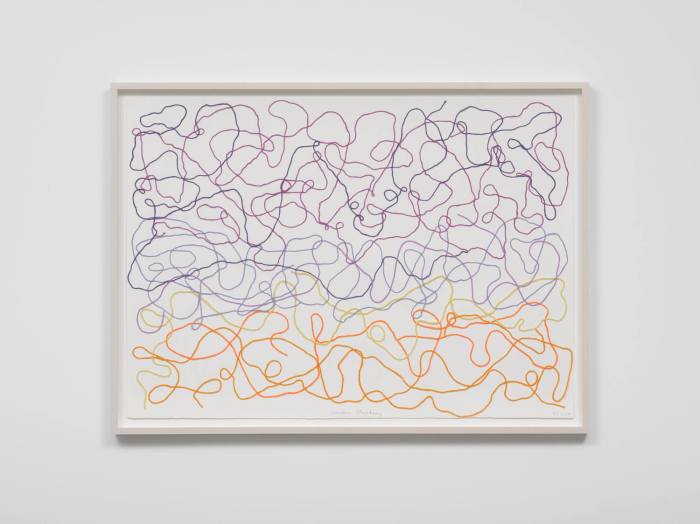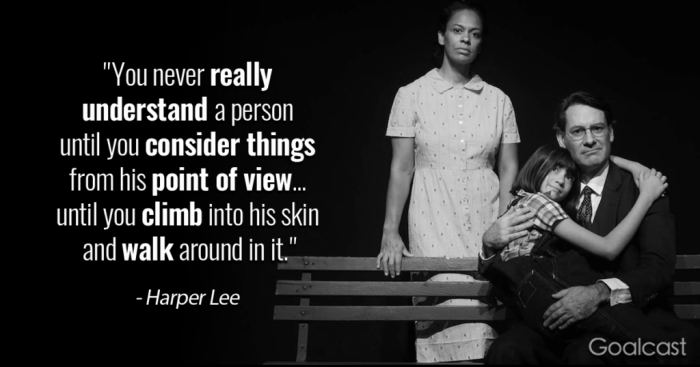The evocative phrase “she sweeps with many colored brooms” has captivated imaginations throughout history, inviting us on a metaphorical journey that explores the multifaceted nature of human experience. This phrase, imbued with historical significance, cultural symbolism, and artistic expression, offers a rich tapestry of interpretations, each thread contributing to its profound meaning.
From its practical origins to its profound psychological implications, the metaphor of “sweeping with many colored brooms” unveils the complexities of human emotions, aspirations, and the relentless pursuit of understanding.
Historical Context

Throughout history, brooms have held cultural, symbolic, and practical significance. Their origins can be traced back to ancient civilizations, where they were used for cleaning and ritualistic purposes.
Symbolism and Folklore, She sweeps with many colored brooms
In many cultures, brooms have been associated with witchcraft and magic. In Europe, it was believed that witches rode broomsticks to attend gatherings. In some parts of Africa, brooms were used in rituals to ward off evil spirits.
Practical Uses
Brooms have been used for a wide range of practical purposes, including:
- Cleaning and sweeping floors
- Removing dust and debris
- Making thatching and roofing
- Creating art and crafts
li>Gathering and carrying materials
Metaphorical Interpretations
The phrase “she sweeps with many colored brooms” in Emily Dickinson’s poem is a rich and evocative metaphor that has been interpreted in various ways.
Nature’s Cleansing
One interpretation is that the phrase refers to the cleansing power of nature. The “she” in the poem could represent nature itself, and the “many colored brooms” could represent the different elements of nature, such as the wind, rain, and sun.
These elements work together to sweep away the old and make way for the new, just as a broom sweeps away dirt and debris.
The Passage of Time
Another interpretation is that the phrase refers to the passage of time. The “she” in the poem could represent time itself, and the “many colored brooms” could represent the different seasons of the year. As time passes, the seasons change, and each season brings its own unique beauty and challenges.
Emotional and Psychological Implications
The metaphor of “sweeping with many colored brooms” can also have emotional and psychological implications. The “she” in the poem could represent the human mind or soul, and the “many colored brooms” could represent the different emotions and experiences that we encounter in life.
These emotions and experiences can sweep through us, leaving us feeling cleansed, renewed, or overwhelmed.
Artistic Representations

The phrase “she sweeps with many colored brooms” has been a source of inspiration for artists across different periods and mediums. These representations provide visual interpretations of the phrase, offering insights into its symbolic meanings and the diverse ways it can be expressed.
One of the most famous examples is Vincent van Gogh’s painting “The Starry Night” (1889). In this iconic work, van Gogh depicts a swirling night sky filled with vibrant colors and brushstrokes that evoke a sense of movement and energy.
The painting has been interpreted as a representation of the artist’s own emotional state, with the “many colored brooms” representing the different forces and emotions that swept through his mind.
Symbolism and Techniques
In many artistic representations, the “many colored brooms” are used to symbolize the sweeping away of old ideas, beliefs, or ways of life. This is often depicted through the use of bright and vibrant colors, which suggest a sense of renewal and transformation.
The act of sweeping itself can also be seen as a metaphor for the cleansing and purification of the soul or the mind.
Artists have employed various techniques to visually interpret the phrase. Some, like van Gogh, have used bold and expressive brushstrokes to create a sense of movement and energy. Others, such as the American painter Georgia O’Keeffe, have used more subtle and delicate techniques to evoke a sense of stillness and contemplation.
Different Interpretations
Different artists have interpreted the phrase “she sweeps with many colored brooms” in different ways, reflecting their own unique perspectives and experiences. For example, the American artist Jackson Pollock used the phrase as a title for a series of paintings that explored the idea of automatic drawing and the subconscious mind.
In these works, the “many colored brooms” are represented by the random and chaotic splatters of paint on the canvas.
In contrast, the British artist David Hockney used the phrase to create a series of collages that celebrated the beauty and diversity of the natural world. In these works, the “many colored brooms” are represented by the vibrant colors and textures of flowers, plants, and other natural objects.
Literary Analysis

The phrase “she sweeps with many colored brooms” has been employed in various literary works, where it serves distinct purposes and carries specific connotations.
The Color Purple by Alice Walker
In Alice Walker’s novel “The Color Purple,” the phrase is uttered by Celie, the protagonist, as a metaphor for her resilience and strength in the face of adversity. Despite enduring hardships and abuse, Celie finds solace and empowerment in the simple act of sweeping, which she describes as using “many colored brooms.”
These brooms represent the diverse ways in which she confronts her challenges, including her writing, her relationships, and her spiritual beliefs.
Cultural Impact
The phrase “she sweeps with many colored brooms” has had a significant impact on popular culture, appearing in various forms of entertainment, including music, film, and literature. Its enduring presence reflects its evocative imagery and metaphorical power.
In music, the phrase has been used as a title and lyrical inspiration for songs. Notable examples include “She Sweeps with Many Colored Brooms” by Don McLean and “Many Colored Brooms” by Billy Joel. These songs explore themes of love, loss, and the passage of time, using the phrase as a metaphor for the transformative power of life’s experiences.
Film and Literature
In film, the phrase has been referenced in movies such as “The Wizard of Oz” (1939) and “Forrest Gump” (1994). In “The Wizard of Oz,” the Wicked Witch of the West is described as sweeping with a black broom, while in “Forrest Gump,” the protagonist’s mother is shown sweeping with a colorful broom, symbolizing her nurturing and protective nature.
In literature, the phrase has been used in novels, poems, and short stories. For instance, in Toni Morrison’s “Beloved” (1987), the character of Sethe is described as sweeping with a “many colored broom,” representing her complex and troubled past.
Over time, the meaning and significance of the phrase have evolved. Initially, it was primarily associated with the domestic sphere and women’s roles. However, its use in popular culture has expanded its interpretation to encompass broader themes of creativity, diversity, and the passage of time.
Query Resolution: She Sweeps With Many Colored Brooms
What is the historical significance of brooms?
Brooms have played a significant role in various cultures, symbolizing purification, protection, and fertility. They have been used in rituals, ceremonies, and everyday life for centuries.
How has “she sweeps with many colored brooms” been interpreted in literature?
The phrase has been used in literary works to represent a wide range of emotions, experiences, and themes, including love, loss, change, and the passage of time.
What are some examples of artistic representations of “she sweeps with many colored brooms”?
Artists have depicted the phrase through paintings, sculptures, and other mediums, often using vibrant colors and symbolic imagery to convey its metaphorical meaning.

